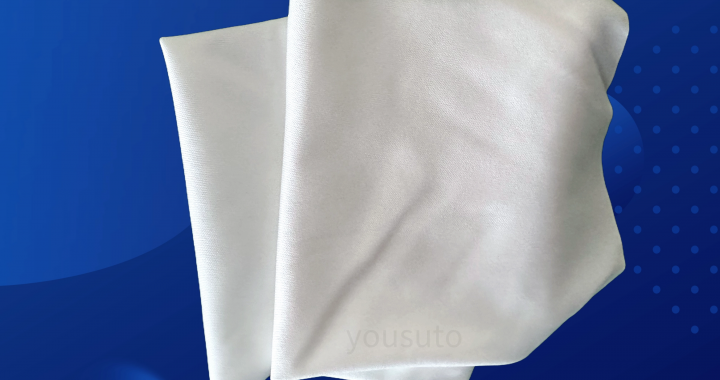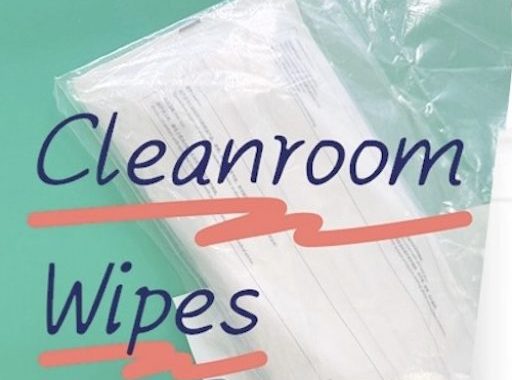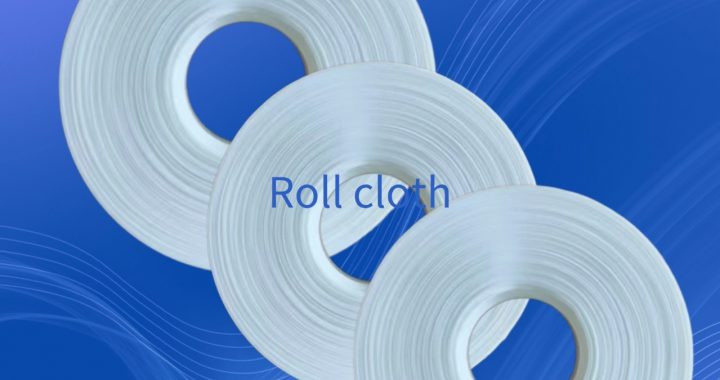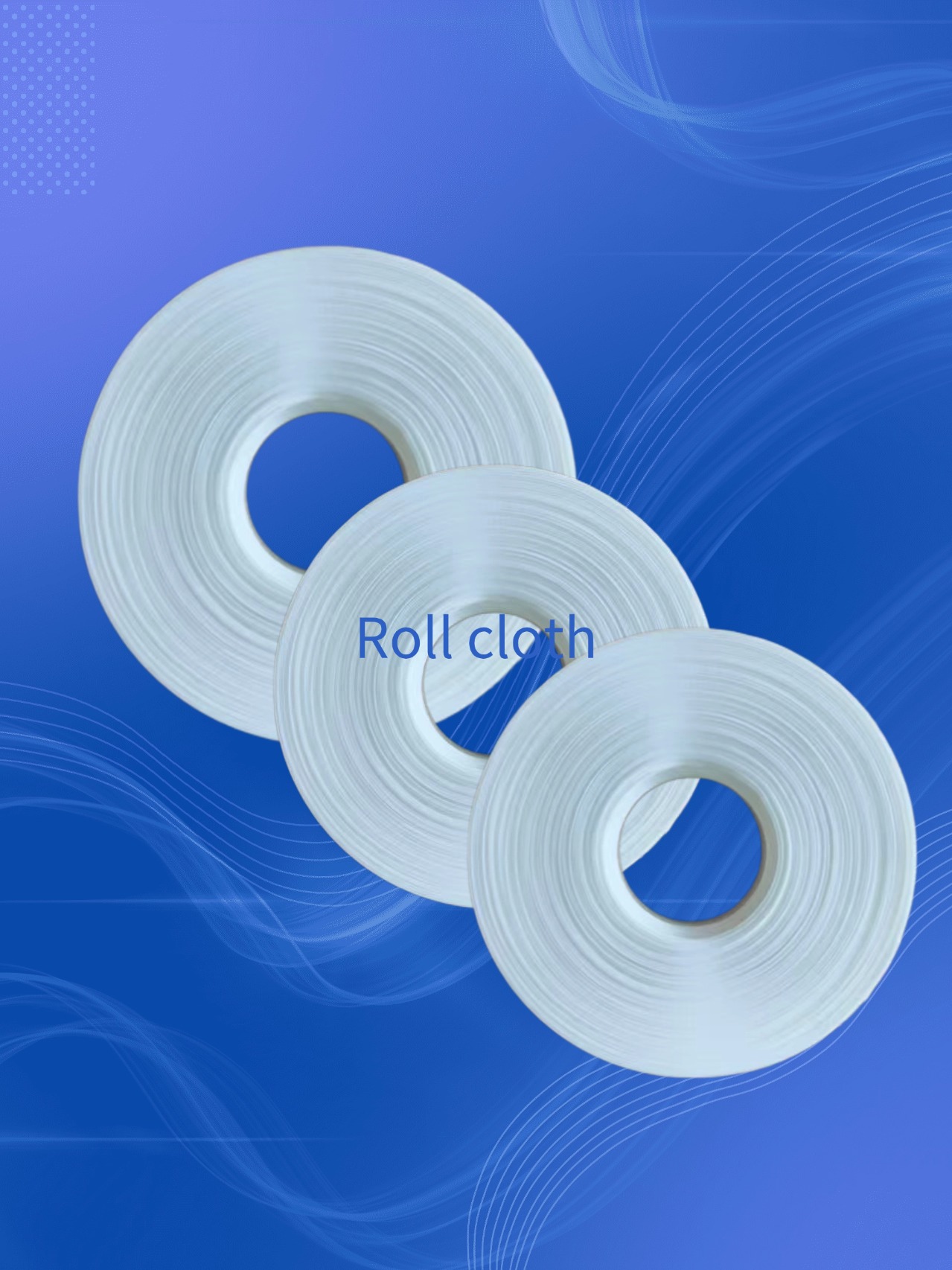In high-purity work environments, choosing the right cleaning supplies is crucial. Our cleanroom wipe series covers a variety of products specifically designed for industries such as semiconductor, electronics, medical, and pharmaceutical, to meet different cleaning needs.
1. Cleanroom ESD Wipes
Our cleanroom ESD wipes are designed for static-sensitive environments, effectively preventing electrostatic damage. Made from high-quality materials, they ensure dust-free and anti-static performance, suitable for cleaning electronic devices.
2. Cleanroom IPA Wipes
These cleanroom IPA wipes are pre-saturated with high concentrations of isopropyl alcohol (IPA), effectively removing surface grease, dust, and bacteria. They are ideal for cleaning optical equipment, electronic components, and other sensitive surfaces, ensuring contamination-free cleaning.
3. Cleanroom Microfiber Wipers
Our microfiber wipers excel in cleaning and absorption. They effectively capture fine particles and dirt, making them suitable for daily maintenance in cleanroom environments.
4. Cleanroom Microfiber Wipes
Microfiber wipes combine cleaning and disinfecting functions and are suitable for various surfaces. They are lint-free, ensuring no residue is left behind during cleaning.
5. Cleanroom Polyester Wipers
Polyester wipers offer high durability and absorbency, quickly and effectively cleaning equipment surfaces. They are designed for high-purity environments, ensuring the safety and hygiene of your equipment.
6. Cleanroom Polyester Wipes
Our polyester wipes are designed for cleaning and disinfecting, suitable for various electronic and medical devices. Their lint-free characteristics ensure no damage occurs to equipment during cleaning.
7. Cleanroom Tech Wipes
Tech wipes are specifically designed for use in high-tech environments, effectively removing dirt and particles from equipment surfaces to ensure proper operation.
8. Cleanroom Wipe Dispenser
Our wipe dispenser is conveniently designed for efficient storage and distribution of wipes, ensuring ease of use and hygiene.
9. Cleanroom Wipe Down Procedure
Following a cleanroom wipe down procedure is key to ensuring cleanliness and safety. We provide detailed guidelines to help users properly utilize wipes and cloths for optimal cleaning results.
10. 9×9 Cleanroom Wipes
These 9×9-inch cleanroom wipes are suitable for various applications and effectively remove dirt and particles, making them ideal for the electronics and medical industries.
11. Lint-Free Cleanroom Wipes
Our lint-free wipes ensure no excess fibers are produced during use, making them suitable for applications requiring high cleanliness.
12. Cleanroom Wipe Suppliers
We are committed to providing high-quality cleanroom wipes to meet the needs of various industries, ensuring you receive reliable cleaning solutions.
13. Consumable Cleanroom Wipes
As consumables for cleanrooms, our wipes ensure efficient cleaning and maintenance, helping you keep your work environment hygienic and safe.
Conclusion
Our cleanroom wipe series products meet the cleaning needs of different environments, ensuring your equipment and workspace remain clean and safe. Choose our products for the best protection for your work!






